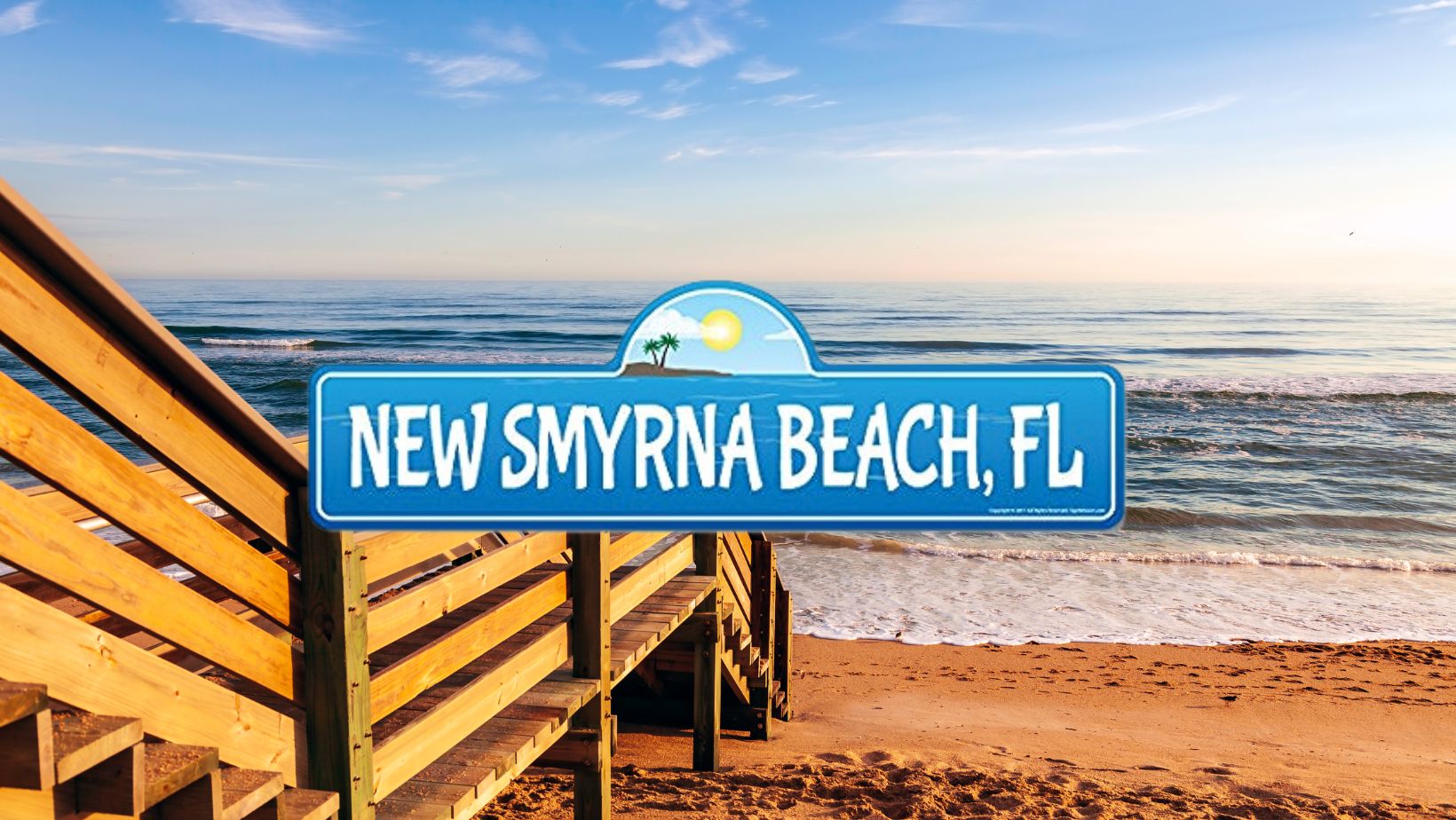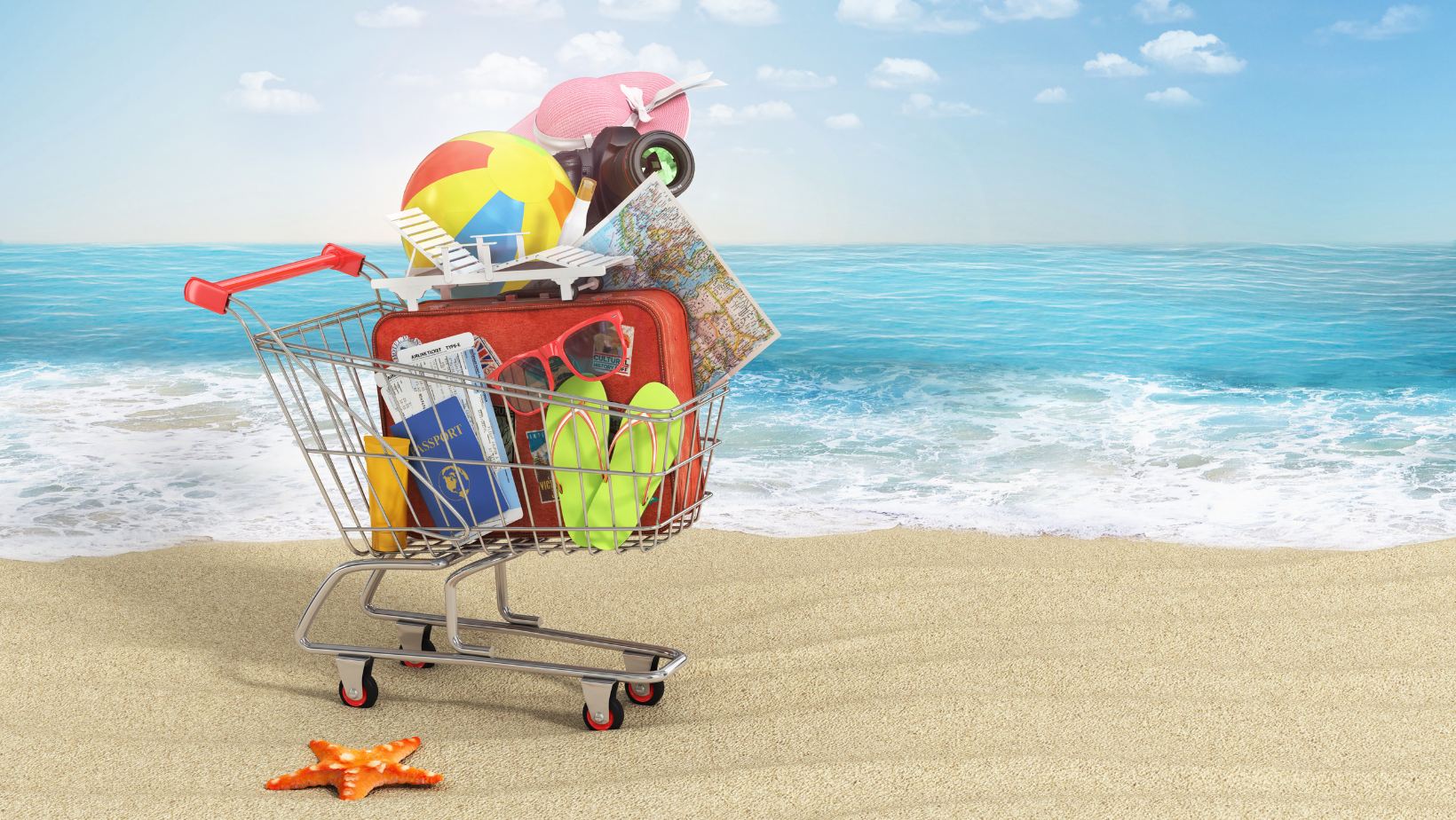Let’s start our story with the famous Turtle Mound along the coast of New Smyrna Beach, which is a centuries-old structure comprised of two acres over fifty feet high of oyster shells – thought to serve as a lookout for early detection of danger, protection against the elements and proven scientific evidence of Timucuan Indian habitation in New Smyrna Beach thousands of years BC. That is where we believe it all began and this is how the rest of the story goes…
Scottish physician, Dr. Andrew Turnbull, was commissioned by the British to colonize the area. So, he set sail in 1768 – with approximately 1,500 settlers he “recruited” largely from Minorca, of the Mediterranean Islands off the coast of Spain – with the goal to create the largest colony in North America at that time. At first, everything progressed famously. He named New Smyrna in honor of his wife’s homeland in Greece and the colony produced impressive amounts of indigo and sugar cane over the first few years. However, the colony’s good fortune was not destined to last for Dr. Turnbull and his newly established colony of New Smyrna. Certain crops didn’t fare well in the sandy soil and the colony was ravaged by disease and Indian raids. The colony was all but abandoned in 1777, its survivors fleeing to St. Augustine. In fact, there is a shrine dedicated to them at the St. Augustine Greek Orthodox Church on St. George Street.
After British rule from 1763 to 1783, the Spanish regained control of Florida. The first Seminole War took place from 1817 to 1818. Spain, then deciding Florida had become more of a burden than a boon, sold Florida to the United States for $5 million. The United States took possession of Florida in 1821 and the second Seminole War began in 1835. Sugar Mill Ruins, built on the 600 acres originally gifted to Andrew Turnbull by the British Crown, withstood both Seminole Wars and the remnants are now a historical site listed on the National Historic Register.
That takes us to Henry Flagler, an American industrialist and founder of Standard Oil and the Florida East Coast Railway which promoted the effective distribution of goods and services and, subsequently, more settlement and tourism. Flagler expanded his railway from Miami to Key West and 1912 marks the date that Flagler arrived on the first train to Key West as well as the completion of his railway.
Then came the prosperous 1920s, followed by Prohibition from 1928 to 1932. The stock market crashed in 1929 and this area was kept afloat with its citrus crops and the fact that it became a haven for rum running and speakeasies. Another interesting historical fact is that the tradition of spring break began as early as 1930 in the Daytona area. The first theme parks in the area – Cypress Gardens in Winter Haven and Marineland in St. Augustine – also emerged in the 1930s. Disney World followed suit in 1971, further facilitating growth and prosperity in the region.
The result is the remarkable culmination of architectural, educational and cultural historical nuances we enjoy here in modern day New Smyrna Beach. Today, our pristine New Smyrna Beach coastline is peppered with gorgeous properties, the most prestigious of which is The Inlet, offering scenic ocean views and neighboring lovely Smyrna Dunes Park. Loaded with luxurious amenities and safely tucked within the gated, beachside community of Minorca, The Inlet is also nearby all of the rich culture and history of New Smyrna Beach.
Visitors can delve into New Smyrna’s colorful past at its many historic sites, one of which is the mysterious grave marker in the middle of an intersection right off of Flagler Avenue! Earning its place on the “Curious Coast” list and listing on the National Historic Register, it happens to be where Douglas Dummett honored the death of his 15-year-old son Charles. Douglas Dummett was a sugar plantation owner who served as a Captain in a Florida militia to protect the area against Indian raids. He is also known for introducing the grafting of citrus trees to this area. Accounts of Charles’ death – from taking his own life after facing the hardships of being the mixed-race child of a slave owner and his slave, to being accidentally shot by his hunting partner – are all unproven.
Another mysterious New Smyrna Beach historic site is the Old Fort Park which overlooks the Intracoastal Waterway on Riverside Drive in New Smyrna Beach. Remains of Dr. Turnbull’s mansion? The start of an 18th Century Spanish fort that was abandoned for a new location in St. Augustine? You tell me.
Or enjoy a cocktail upstairs at New Smyrna’s historic Flagler Tavern which served as a speakeasy back in the days of Prohibition.
You can also visit the New Smyrna Beach Historical Museum downtown – which pays homage to it all – for a walking tour or to peruse one of its interesting exhibits, including Native American Artifacts, Railroad Era, Turnbull Settlement and East Coast Surfing, as New Smyrna Beach also has a distinguished 200-year history in the development of international competitive surfing.
Canal Street, the epicenter of New Smyrna’s Historic District, is also a great place to take a stroll. A vibrant blend of specialty shops, art galleries and restaurants, this pedestrian-friendly street, as well as lively Flagler Avenue, are host to the many events held within New Smyrna Beach throughout the year.





